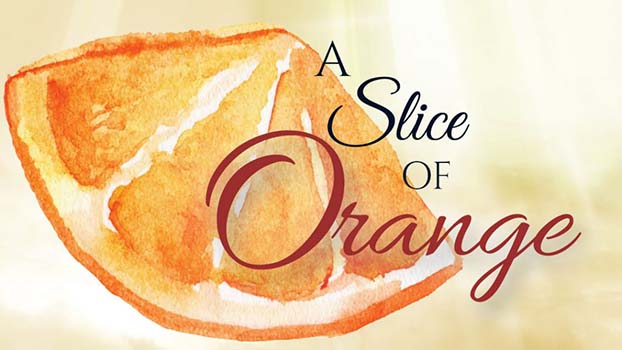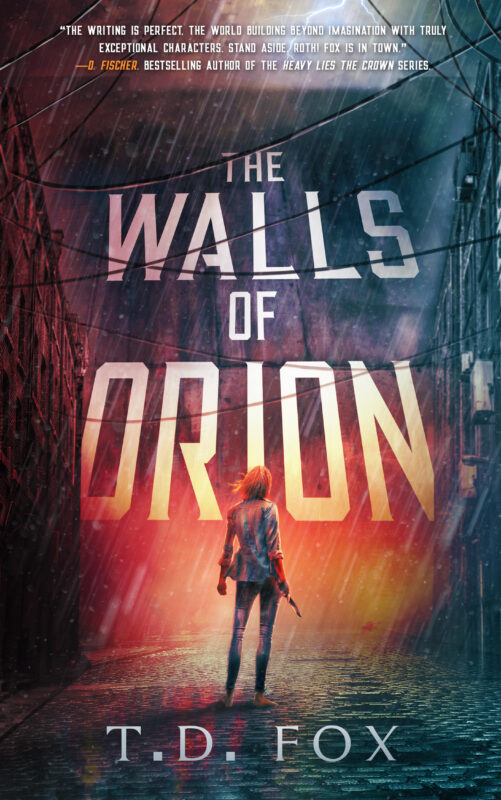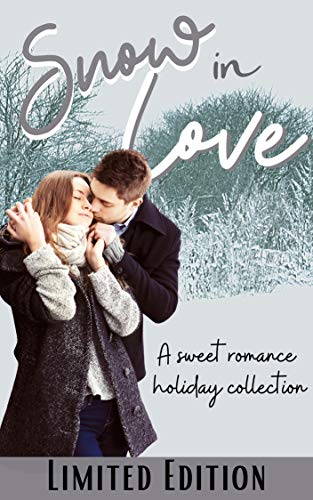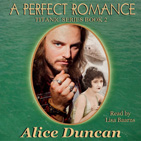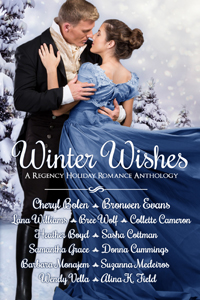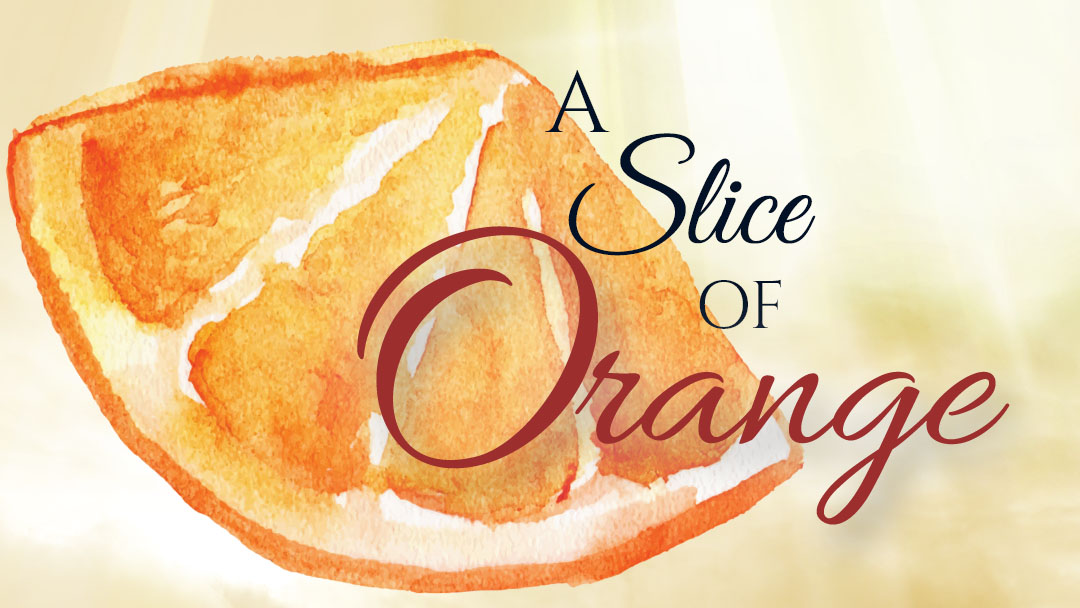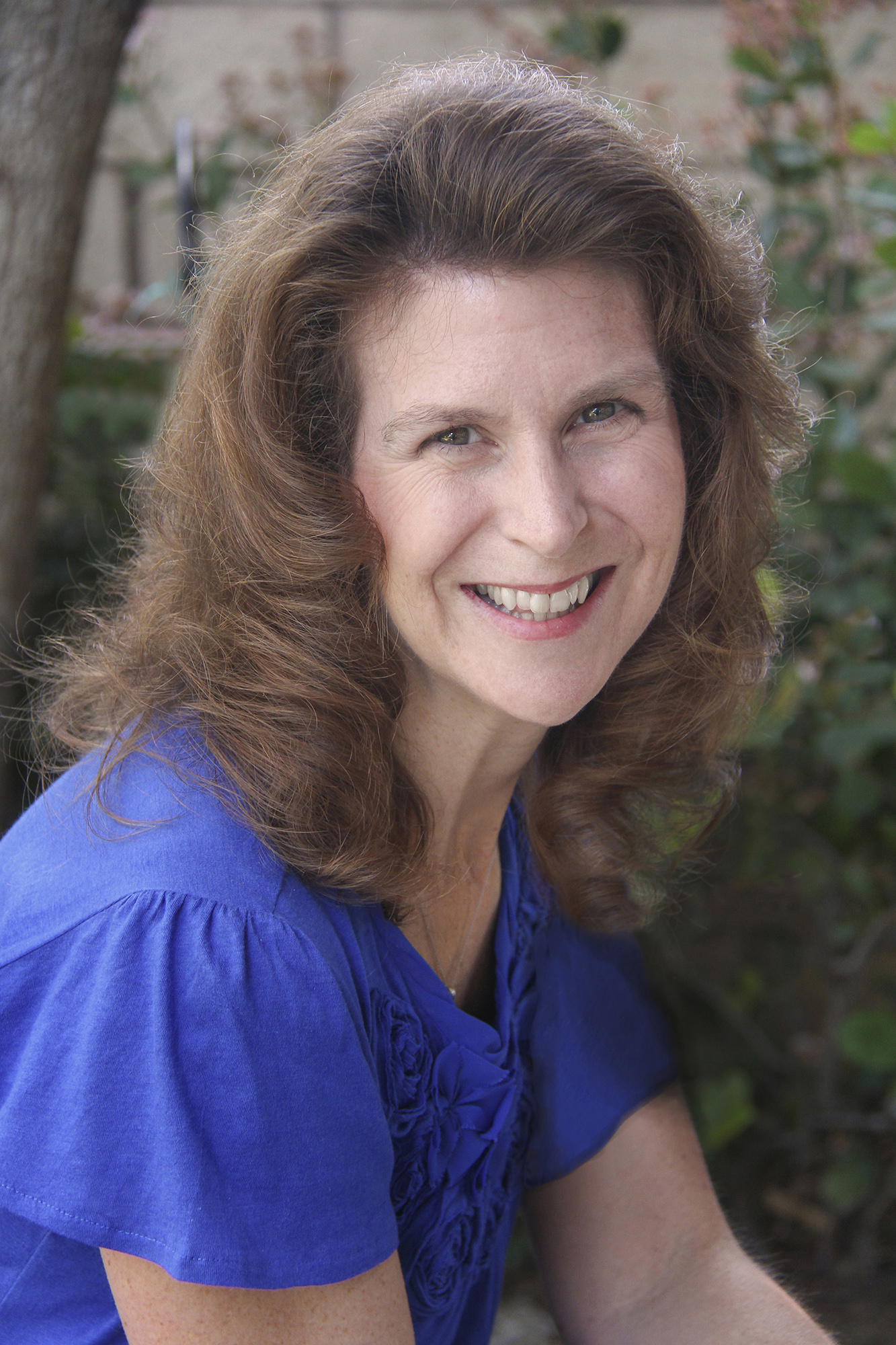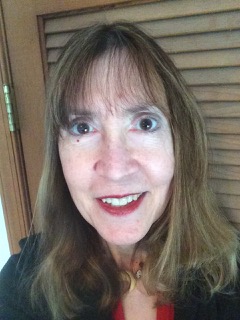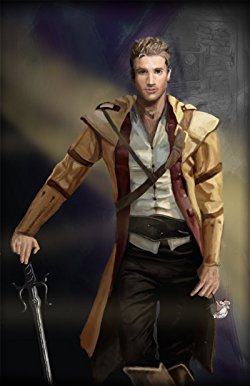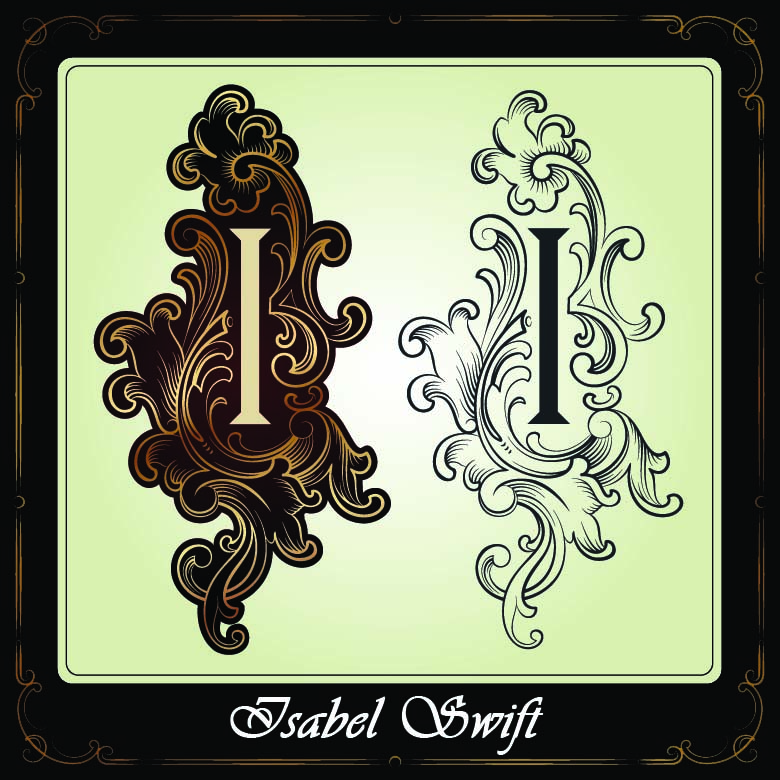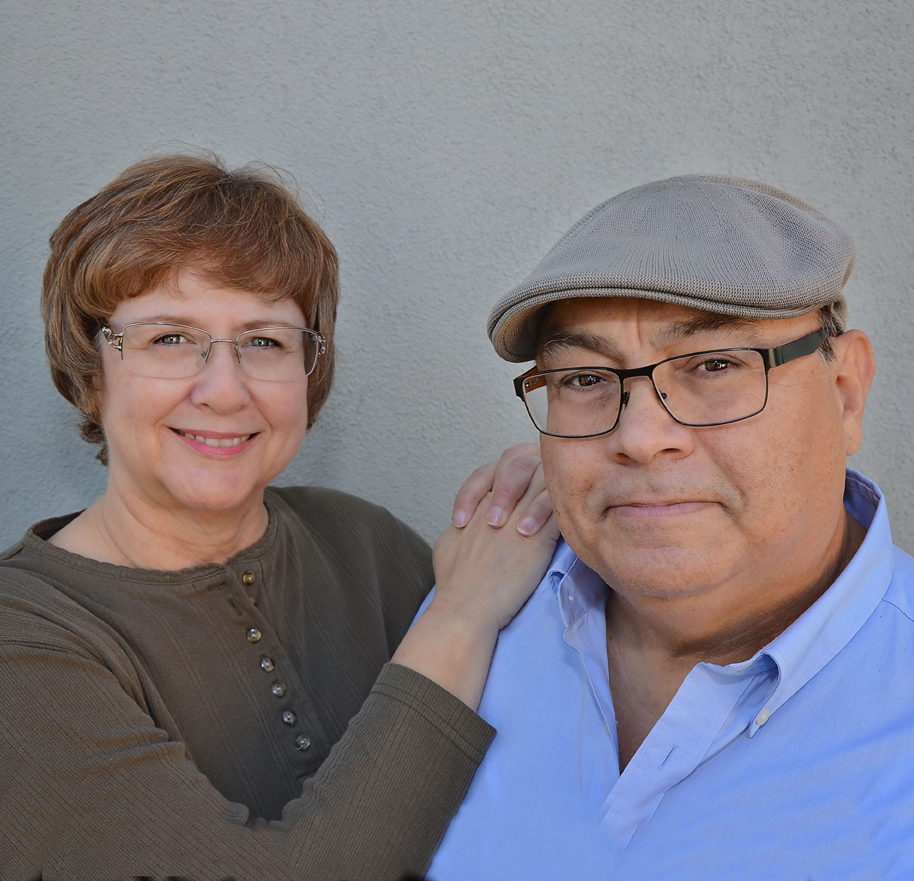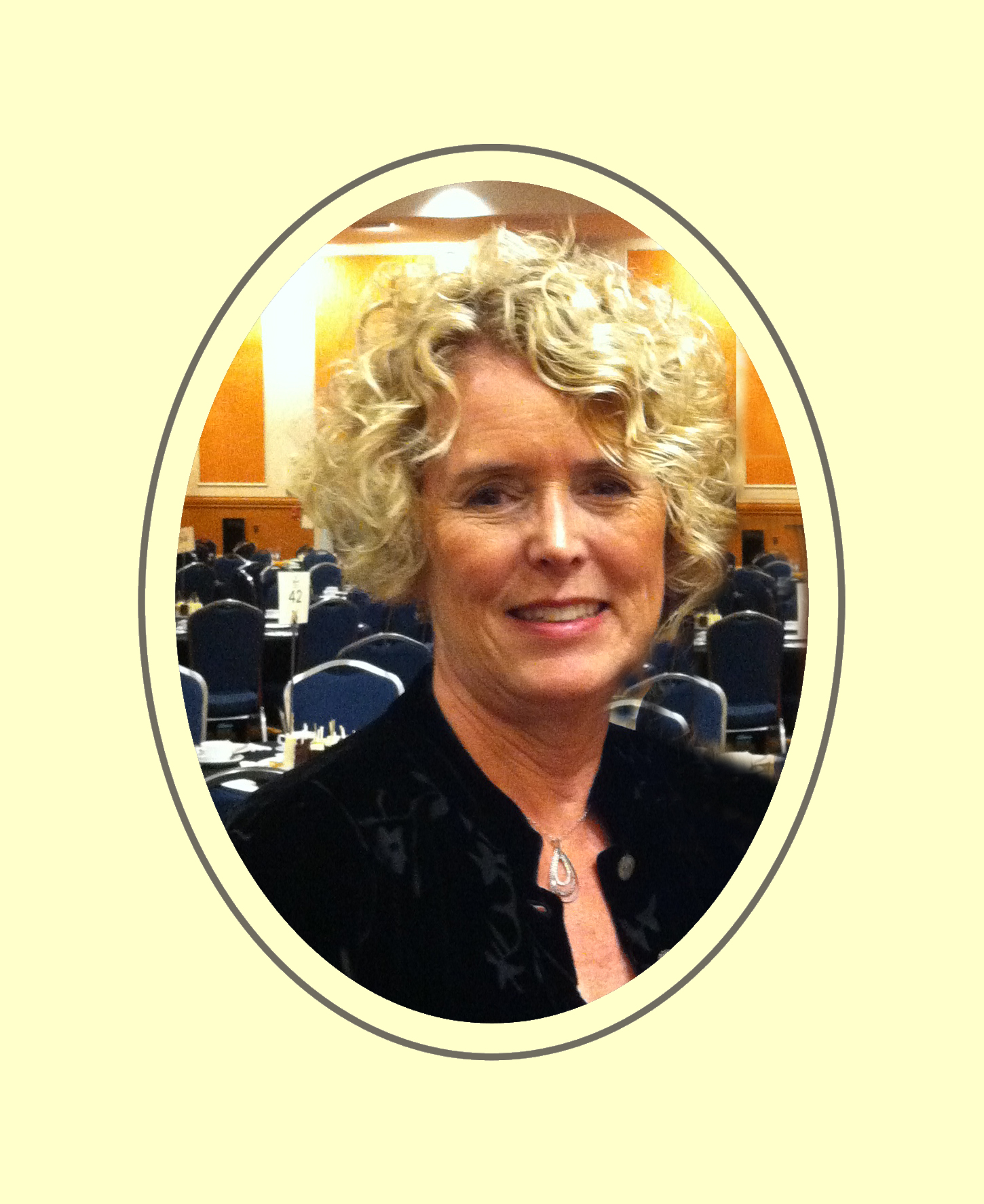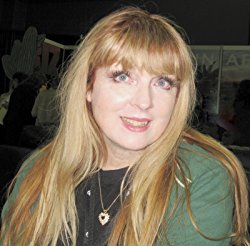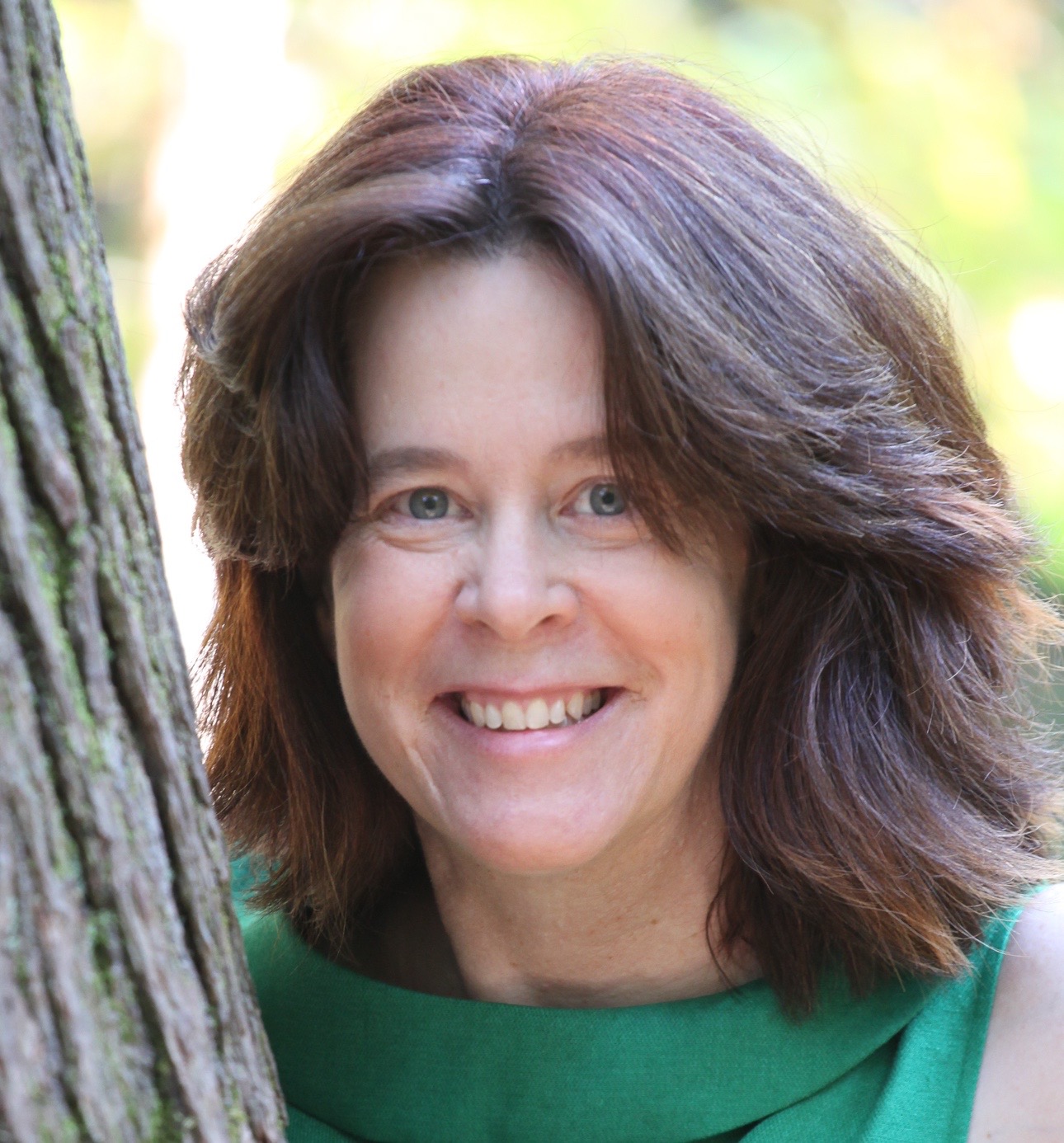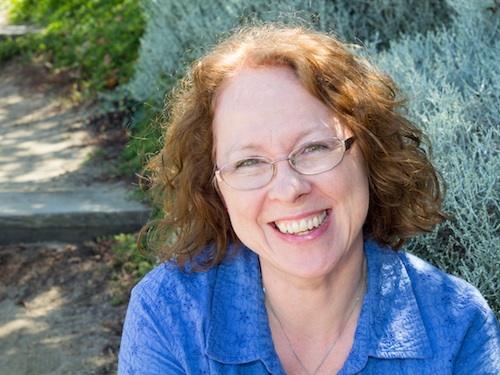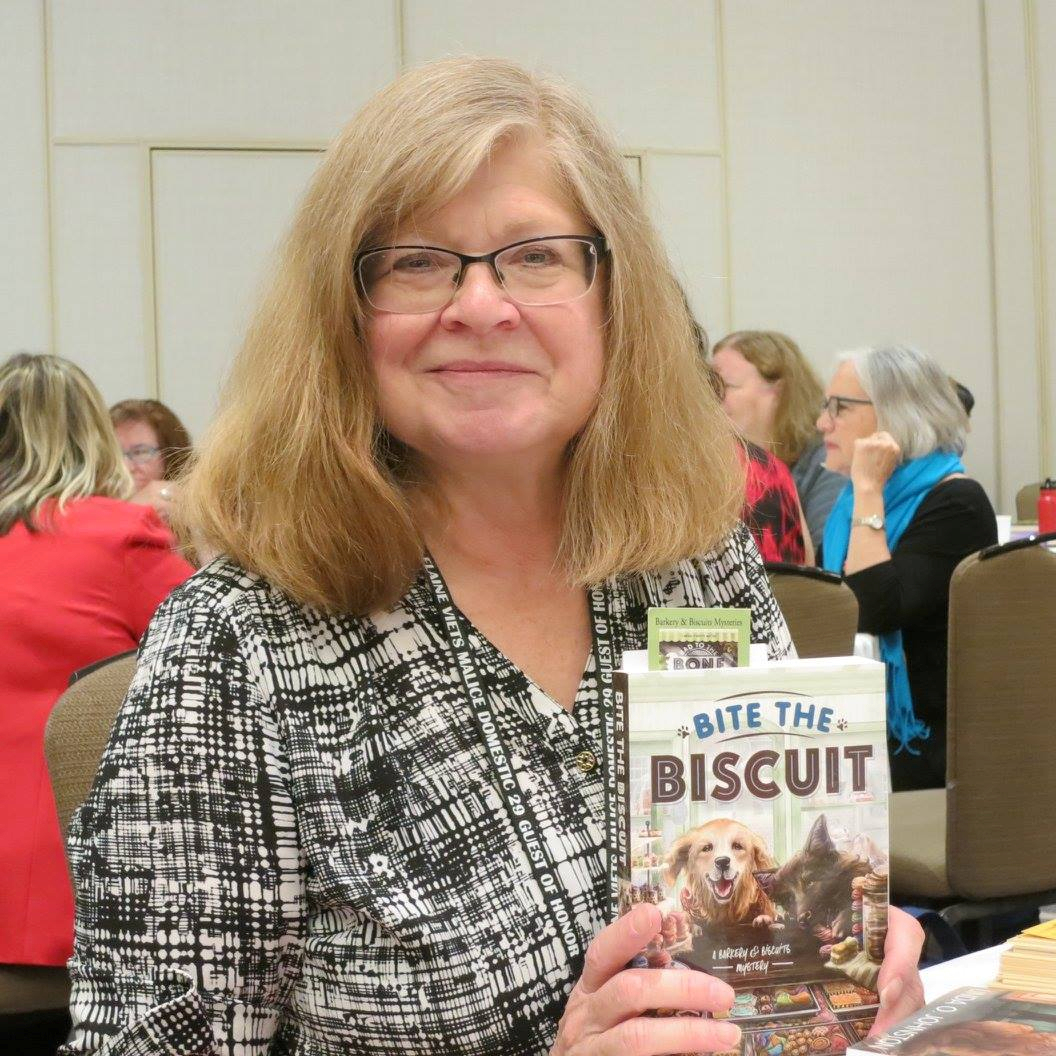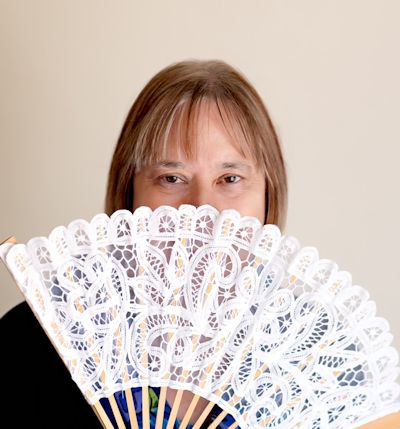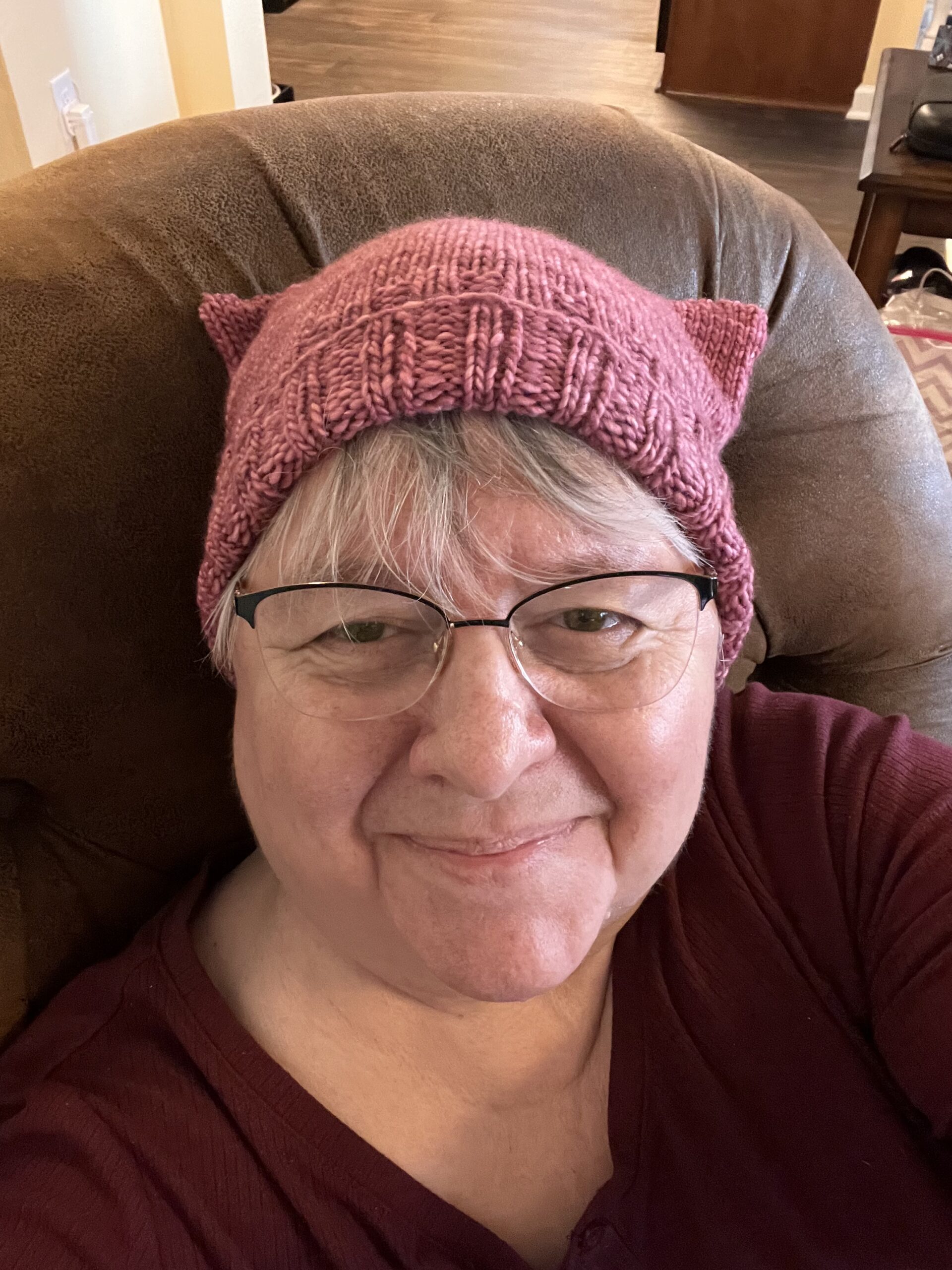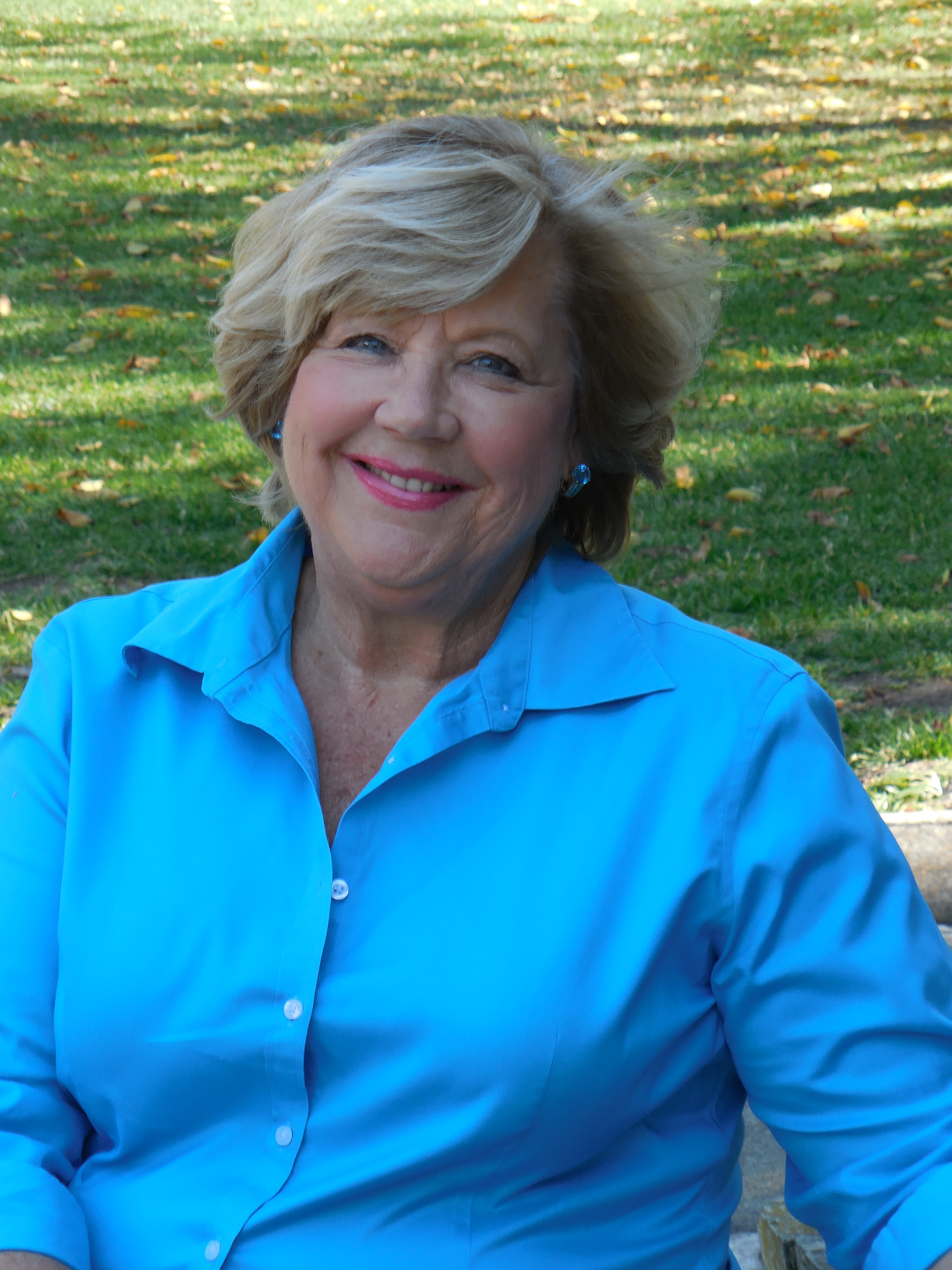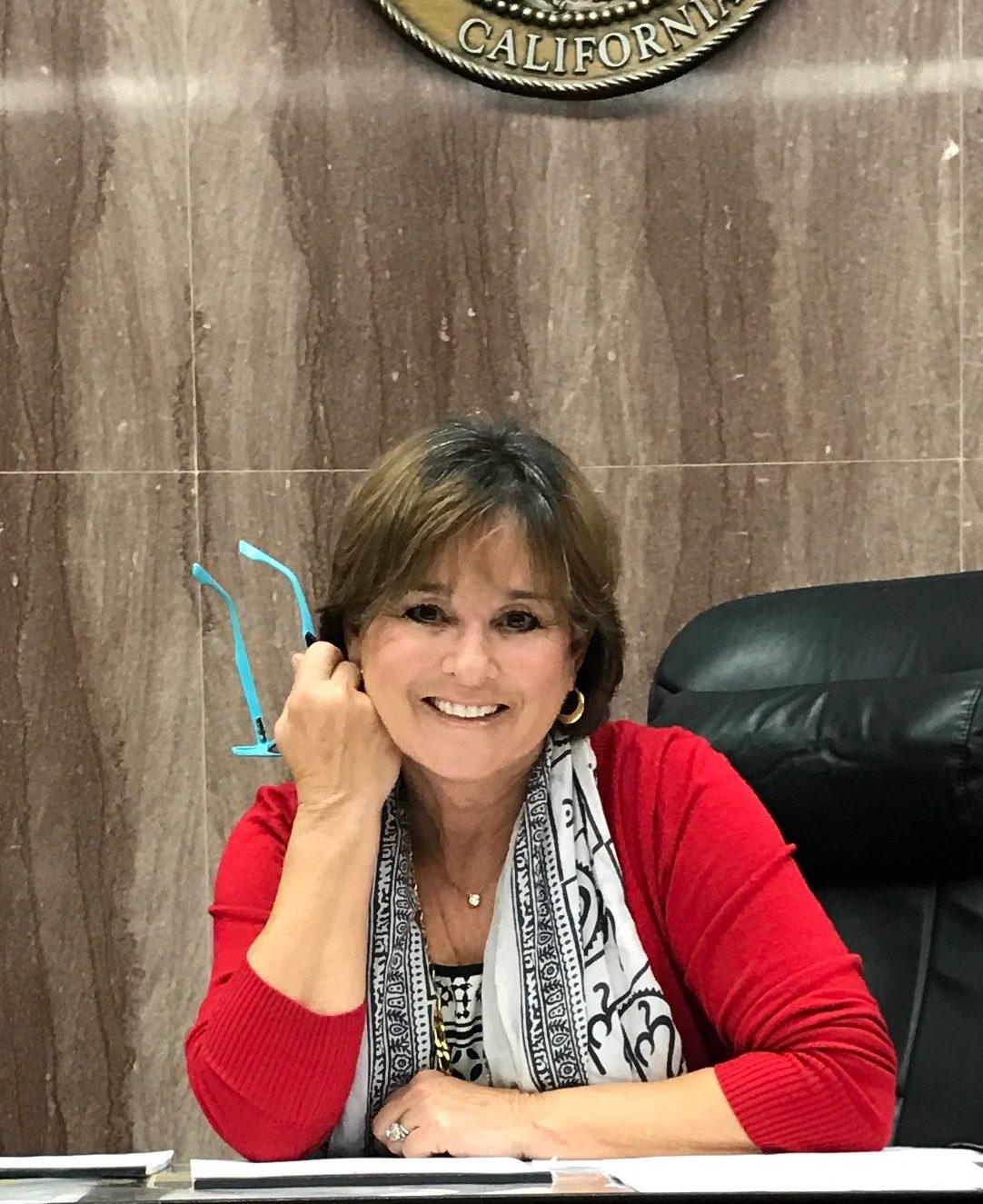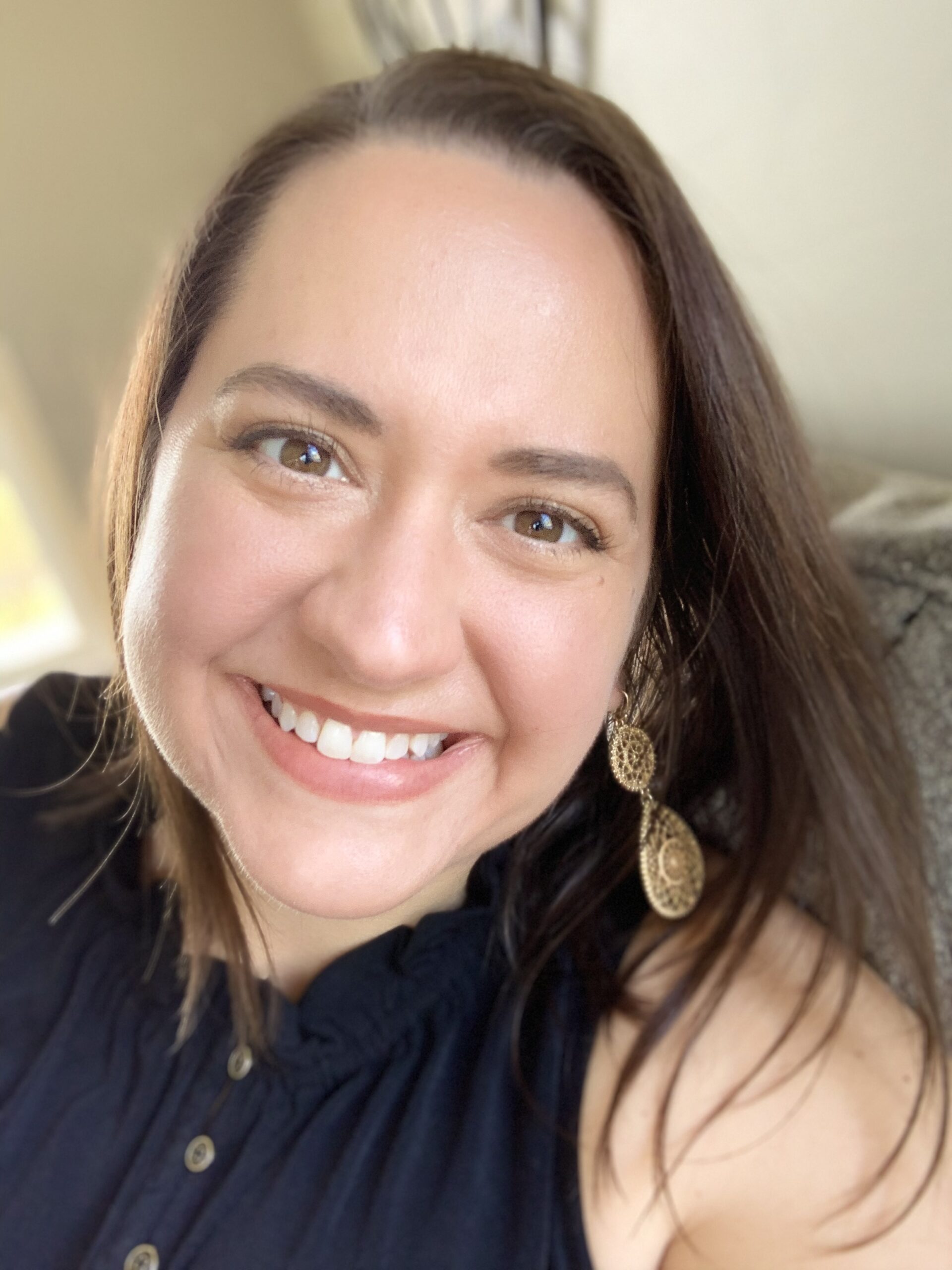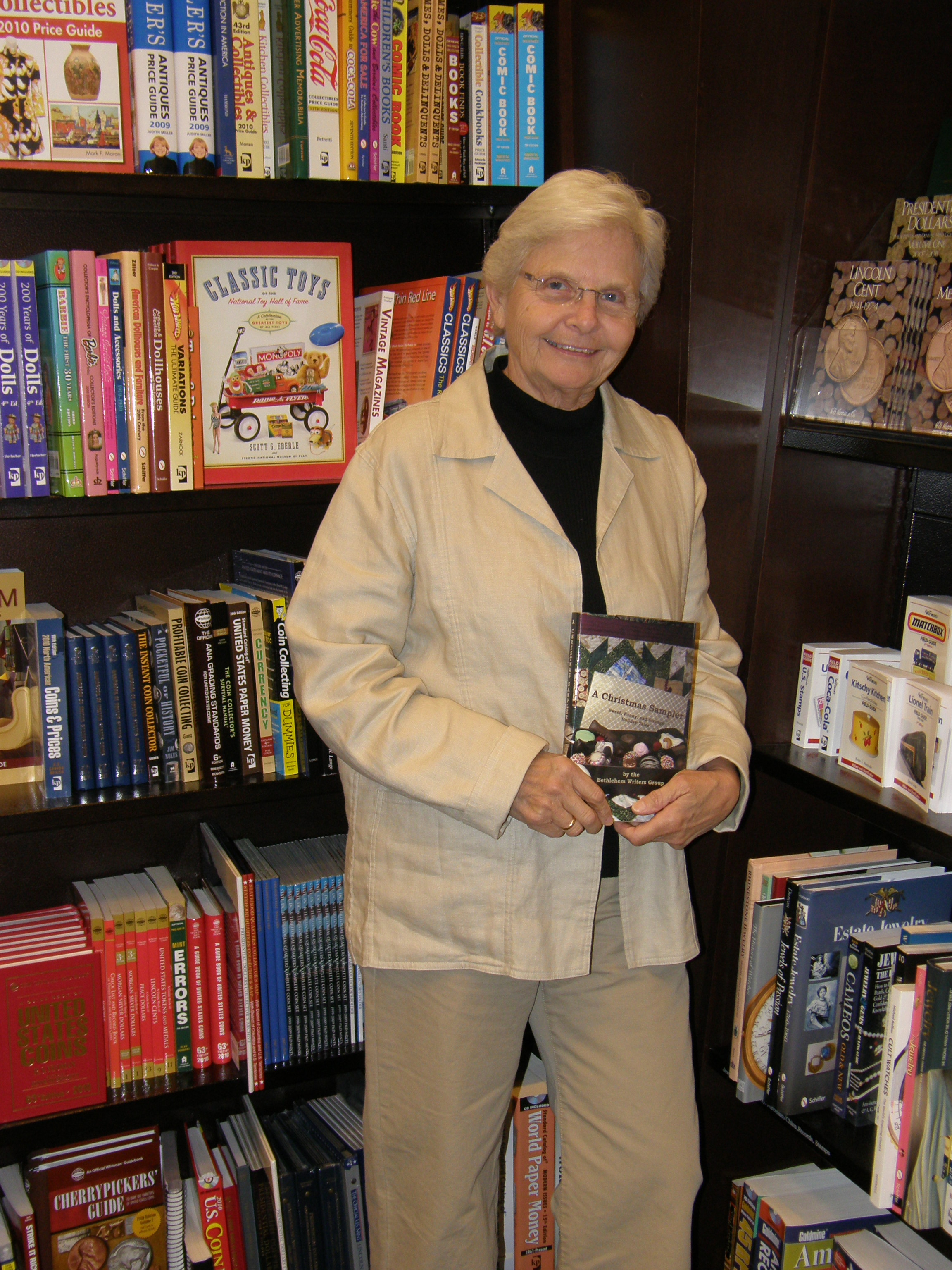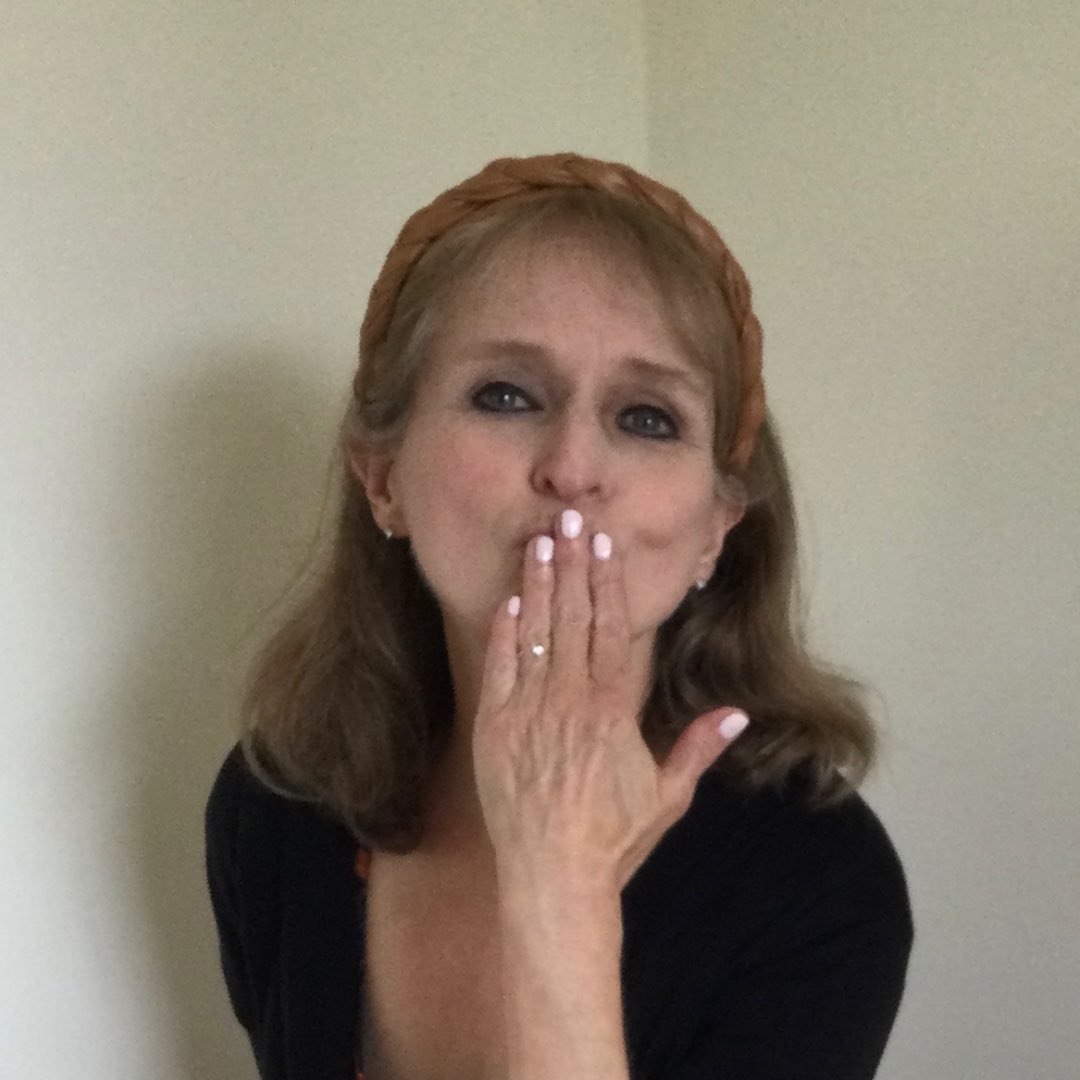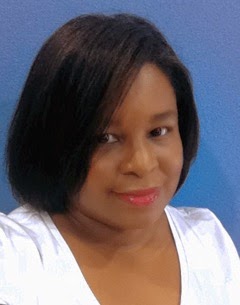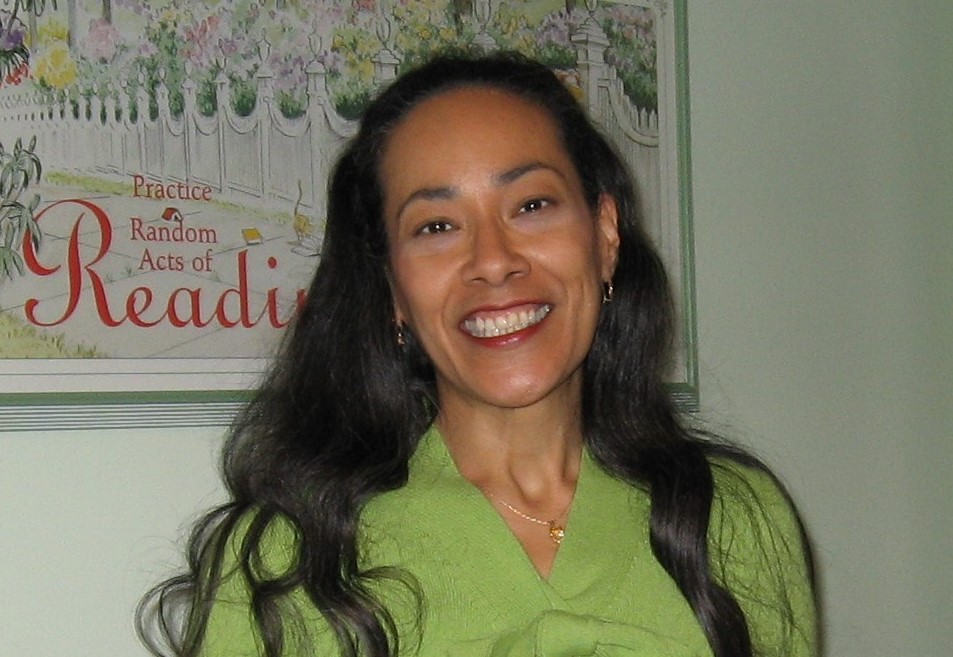Mystic Invisible Book Tour and Giveaway
June 4, 2021 by marianne h donley in category Apples & Oranges by Marianne H. Donley, Rabt Book Tours tagged as #RABTBookTours, Booktour, Fantansy, Ryder Hunte Clancy, young adult
Date Published: 3/17/21
Publisher: Winter Goose Publishing
Fifteen-year-old Monte moves to the mystically jeopardized Highlands of Scotland and discovers that life as a Celtic wizard is anything but easy. Whisperings of abnormal enchantments and vicious cat siths grip the small town he now calls home. Fear is at the helm and the instigator is unknown. An indefinite moratorium on magic is enforced. In a race against darkness, Monte and his friends must choose who to trust before time runs out, even if it means breaking some rules and facing danger head on.
About The Author
Ryder Hunte Clancy has lived most of her life in the desert but her heart belongs to the sea; her happy place, where brine and mist abound and allusive waves caress expansive stretches of compacted sand. A tried and true stay-at-home mom, she is often found scribbling notes between diaper changes or connecting plot points while everyone else sleeps. She survives off of toddler snacks like apple slices and cheese, and has just as much trouble keeping up with her fictional, teenage characters as she does her three small children. Mystic Invisible is her debut novel, the inspiration of which was gleaned from her husband’s homeland of Scotland, where fantasy, mystery, and folklore are rich and hits of adventure linger around every corner.
Excerpt
Mystic Invisible
Ryder Hunte Clancy
“Besides,” Garrick continued. “What else am I supposed to do? There’s not a lot of potential to
make hard and fast friends here, seeing as we’re the only Mystics around.”
“You could play with those madger thingies,” Monte suggested, as though he were the big
brother, not Garrick. He squinted at the line of firs across the field.
“And when would I ever need night-vision goggles?” Garrick asked. “That’s all they are.
They’re rudimentary.”
“Rudimentary?” Monte could never keep up with Garrick’s fancy words.
“Primal . . . basic . . . old,” Garrick rattled off.
His rant was interrupted by a loud whoop. The shout crossed through the field—a teenage battle
call—as a pale, springy kid scurried out from the firs.
“Finn?” Monte asked. “It’s Finn Cornelius!”
Finn sprung through the jungle of grass like a nymph, fear plastered across his face, pursued by a
posse of very large high school-aged boys.
“Hey!” Garrick tore toward the group. “Get away from him!”
Monte raced after his brother. A dark blur flashed in his peripheries, knocking him to the ground.
Dull lights, like distant stars, mottled his vision as he tumbled to a stop in the muddy grass. A
girl with scraggly black hair and bronzy skin stood above him. “Cameron?” He scrambled to his
Feet.
Cameron’s stare met his, her caramel eyes familiar and intense. The rainbow lights hung around
her neck, much dimmer than Monte remembered.
My Story and the Journey to Eye See
RYDER HUNTE CLANCY
For the dream seekers,
The downtrodden,
The courageous champions of good cause.
For the quirky and the quelled,
The unseen genius and
The undiscovered voice.
For the loud but unheard,
The soft and tender hearted.
For the quiet and devoted.
For the wallflowers,
The late bloomers,
Those ugly ducklings, now swans.
For the invisible ones.
I see you,
I hear you,
And I believe.
We are the change.
I recently had the opportunity to give my website a makeover. In doing so, it gave me the
opportunity to pen the above mission statement. This is what I live by. It’s what I march to
every day, rain or shine. It’s what I believe; from my calloused, keyboard-typing fingers, to the
very nucleus of my being. Everyone has a voice that should be heard, most especially those who
don’t believe they do. I used to be one of those people. I was more than just a wallflower. I was
invisible; so timid and “ordinary” that I was easily overlooked. But I always craved to be heard. I
tried many things to satiate that big, booming urge inside of me. However, it wasn’t until well
into adulthood that the anvil finally dropped. With a baby on my lap and a toddler at my feet, I
picked up a pen and started writing. The rest was history. I’m still quiet by nature but I have
finally found my voice, and so can you!
-Ryder
2 0 Read moreJina Bacarr June Featured Author
June 1, 2021 by Jina Bacarr in category Apples & Oranges by Marianne H. Donley, Featured Author of the Month
About Jina Bacarr

I discovered early on that I inherited the gift of the gab from my large Irish family when I penned a story about a princess who ran away to Paris with her pet turtle Lulu. I was twelve. I grew up listening to their wild, outlandish tales and it was those early years of storytelling that led to my love of history and traveling. I enjoy writing to classical music with a hot cup of java by my side. I adore dark chocolate truffles, vintage anything, the smell of bread baking and rainy days in museums. I’ve always loved walking through history—from Pompeii to Verdun to Old Paris. The voices of the past speak to me through carriages with cracked leather seats, stiff ivory-colored crinolines, and worn satin slippers. I’ve always wondered what it was like to walk in those slippers when they were new.
You can follow Jina on social media:
Facebook
Twitter
Instagram
Pinterest
Goodreads
Bookbub
Jina also has a column here on the 11th of every month: Jina’s Book Chat.
A Few of Jina’s Books

I discovered early on that I inherited the gift of the gab from my large Irish family when I penned a story about a princess who ran away to Paris with her pet turtle Lulu. I was twelve. I grew up listening to their wild, outlandish tales and it was those early years of storytelling that led to my love of history and traveling.
I enjoy writing to classical music with a hot cup of java by my side. I adore dark chocolate truffles, vintage anything, the smell of bread baking and rainy days in museums. I’ve always loved walking through history—from Pompeii to Verdun to Old Paris.
The voices of the past speak to me through carriages with cracked leather seats, stiff ivory-colored crinolines, and worn satin slippers. I’ve always wondered what it was like to walk in those slippers when they were new.
Making Your Story Believable by Kat Martin
May 29, 2021 by marianne h donley in category Apples & Oranges by Marianne H. Donley, Guest Posts tagged as intrigue, Kat Martin, new release, romance, romantic suspense, Suspense, woman's fiction
Over the years, I’ve found one of the best ways to make your story believable is to use real places to locate the action and real names of restaurants and streets. Actually going there, of course, is the best way to make that happen.
In my new novella, COME MIDNIGHT, Breanna Winters, seated on an airliner next to a good-looking man in an expensive suit, finds herself kidnapped by Honduran terrorists. She doesn’t expect Derek Stiles, a corporate executive, to put his life at risk by volunteering to go along when Bree is dragged from the plane and marched into the jungle.
Unfortunately, I have never been to the jungle in Honduras or any jungle for that matter, aside from a brief visit to a tropical rain forest in Brazil and a stop in Belize.
So for this story, I didn’t go to Honduras, but I did do extensive research, and it wasn’t the first time. Beginning with with an old historical, SAVANNAH HEAT, set in the Yucatan Peninsula of Mexico and more recently, THE CONSPIRACY, which travels from the Caribbean to Columbia, I’ve learned a lot about life in the jungle—and it is far from easy.
In the novella, the good news is Derek Stiles is a former Navy fighter pilot with extensive survival training who has spent time in the jungle before. Still, it’s soon clear they’ll need to depend on each other if they’re going to survive.
I hope you will give COME MIDNIGHT a try and that you will look for Derek again in my full-length novel, THE PERFECT MURDER, out June 22nd, the last book in my Maximum Security Series
Till next time, all best wishes and happy reading, Kat

New York Times bestselling author Kat Martin is a graduate of the University of California at Santa Barbara where she majored in Anthropology and also studied History. Currently residing in Missoula, Montana with her Western-author husband, L. J. Martin, Kat has written sixty-five Historical and Contemporary Romantic Suspense novels. More than sixteen million copies of her books are in print and she has been published in twenty foreign countries. Kat is currently at work on her next Romantic Suspense.

Excerpt
Come Midnight
Kat Martin
The sound of a baby’s high-pitched, incessant crying put his teeth on edge. Derek Stiles forced himself to relax as he settled back in his wide business class seat. The airplane engines hummed outside the window, dulling the noise a little, but the crying only grew louder.
Derek silently cursed. His trip to Colombia had already gotten off to a rocky start when a meeting in the Houston office of Garrett Resources, where he worked as VP of Mergers and Acquisitions, ran overtime and he’d missed his non-stop flight. Now he’d be landing in El Salvador, laying over a couple of hours before changing planes and continuing on to Bogota, not getting to his hotel until well after dark.
He pulled out his laptop and set it on the fold-down table in front of him. He usually worked on a flight. He always had plenty to do, but he’d been staying up late every night so he also needed some sleep. It was important to be at the top of his game first thing in the morning.
The baby’s cries grew louder and his nerves revved up. He hadn’t really noticed the woman sitting in the seat beside him until she stood up and turned toward mother and child in the row behind him.
She jangled her car keys over the back of the seat and smiled. “Look, baby. Look at these. I bet you’d like to play with these, wouldn’t you?” The baby’s crying slowed, turned to whimpers, then sniffles, then stopped altogether. Glancing over his shoulder, Derek watched a little girl bundled in pink, maybe a year old, reach up for the car keys.
“I never thought of that,” the mother said, sounding desperate and making him feel guilty. He didn’t have kids but he could imagine how tough it would be to take a child on an international flight.
The mom, a black-haired woman in her mid-twenties, took out her own set of keys and held them up, but the baby ignored them, fascinated by the glittering heart on the end of the other keychain dangling in front of her.
“I hate to ask you this,” the mother said, “but is it all right if Sophie plays with your keys for a while?”
“Absolutely,” his seatmate said. She was pretty, he realized, with long blond hair and big blue eyes. A little above average height, slender but curvy in all the right places. “Once we’re in the air,” she continued, “if you want me to hold her, give you a little break, I’d be happy to.”
The mother’s smile held relief mixed with gratitude. “I might just take you up on that. My name is Carmen, by the way.”
“Breanna.” Her smile went even brighter and Derek felt an unexpected kick. He was usually able to leave his libido behind when he was away on business.
“You have a darling baby,” Breanna said.
Carmen smiled. “Thank you.”
The flight attendant urged Breanna to sit back down so the flight could get underway, and the engines roared, preparing for take-off.
“So I guess you’re a mom,” Derek heard himself saying, though he made it a habit not to talk on a flight. He always had too much to do.
Breanna shifted toward him. “I’d love to have children someday, but I’m not a mother yet. I work with kids so I know a few tricks.”
“What kind of work do you do?”
“I’m with a non-profit called Shelter the Children. Abrego Los Ninos in Spanish. We support an orphanage in a little village outside San Salvador. That’s where I’m headed.”
He smiled and held out a hand. “Derek Stiles. I know your name is Breanna.”
“Yes. Everyone just calls me Bree.”
They were an hour out of San Salvador International Airport when Derek noticed a commotion at the rear of the cabin.
Then the curtain behind the business class section jerked open and a lean, black-haired man stood in the aisle. Derek’s blood ran cold when he noticed the assault rifle strapped across the intruder’s chest.
Pre-order Come Midnight
May Featured Author: Neetu Malik
May 28, 2021 by Neetu Malik in category Featured Author of the Month tagged as May Featured Author of the Month, Neetu Malik, Poet's Day, poetry

Neetu Malik’s poetry is an expression of life’s rhythms and the beat of the human spirit. She draws upon diverse multicultural experiences and observations across three continents in which she has lived. She has contributed to The Australia Times Poetry Magazine, October Hill Magazine, Prachya Review, among others. Her poems have appeared in The Poetic Bond Anthology V and VI published by Willowdown Books, UK, NY Literary Magazine’s Tears Anthology and Poetic Imagination Anthology (Canada).
Her poem, “Soaring Flames”, was awarded First-Place by the NY Literary Magazine (2017). She has also been nominated for the Pushcart Prize, 2019 for her poem “Sacred Figs” published by Kallisto Gaia Press in their Ocotillo Review in May, 2018.
Neetu lives in Pennsylvania, USA.
You can find Neetu’s poetry in these volumes.
Hover on the cover for buy links. Click on the cover for more information.
0 0 Read more
Spotlight On Terri Osburn
May 27, 2021 by marianne h donley in category Apples & Oranges by Marianne H. Donley, Spotlight tagged as new release, Not You Again, romantic comedy, Terri Osburn, The Not Series

Terri Osburn writes contemporary romance with heart, hope, and lots of humor. After landing on the bestseller lists with her Anchor Island Series, she moved on to the Ardent Springs series, which earned her a Book Buyers Best award in 2016. Terri’s work has been translated into five languages, and has sold more than 1.5 million copies worldwide. She resides in middle Tennessee with four frisky felines, and two high-maintenance terrier mixes. Learn more about this international bestseller and her books at www.terriosburn.com. Or check out her Facebook page at https://www.facebook.com/TerriOsburnAuthor.
Terri’s Newest Release
Not You Again
Four blind dates in five days. I can’t believe I agreed to this.

Actually, I can. That’s what I do. I agree to things I don’t want to do to make other people happy. In this case, my four best friends. They’re worried about me and if going on a few dates will make them happy, then I’ll do it. How bad could they be?
I probably shouldn’t have asked that.
I’m starting to seriously wonder if my friends know me at all. Each pick is worse than the last, and none of them compare to my former fiancé. But then I guess maybe that’s the point. Someone new to help me forget the old.
To help me move on.
Except I don’t need a man to prove that I’ve moved on. Why can’t my friends understand that? And why does the same beautiful stranger keep saving me from these awful encounters? The universe seems to be throwing him into my path, and the more time I spend with him the more I wish that he was one of the dates.
There’s one more date left and I can’t help but wonder if he’ll pop up again. How many chance encounters can two people have? Pittsburgh is a big city so the chances are slim.
But what if…?
0 0 Read more
Affiliate Links
A Slice of Orange is an affiliate with some of the booksellers listed on this website, including Barnes & Nobel, Books A Million, iBooks, Kobo, and Smashwords. This means A Slice of Orange may earn a small advertising fee from sales made through the links used on this website. There are reminders of these affiliate links on the pages for individual books.
Search A Slice of Orange
Find a Column
Archives
Featured Books
THE TOWNSBRIDGE’S SERIES
If you love Regency romance, you’ll simply adore the Townsbridges…
More info →SNOW IN LOVE: Sweet Romance Holiday Collection
Escape into holiday magic with SNOW IN LOVE's sweet romance holiday stories!
More info →A PERFECT ROMANCE
Side by side on the fateful night of the Titanic disaster . . .
More info →WINTER WISHES: A REGENCY HOLIDAY ROMANCE ANTHOLOGY
Stories that will sweep you away . . .
More info →Newsletter
Contributing Authors
Search A Slice of Orange
Find a Column
Archives
Authors in the Bookstore
- A. E. Decker
- A. J. Scudiere
- A.J. Sidransky
- A.M. Roark
- Abby Collette
- Alanna Lucus
- Albert Marrin
- Alice Duncan
- Alina K. Field
- Alison Green Myers
- Andi Lawrencovna
- Andrew C Raiford
- Angela Pryce
- Aviva Vaughn
- Barbara Ankrum
- Bethlehem Writers Group, LLC
- Carol L. Wright
- Celeste Barclay
- Christina Alexandra
- Christopher D. Ochs
- Claire Davon
- Claire Naden
- Courtnee Turner Hoyle
- Courtney Annicchiarico
- D. Lieber
- Daniel V. Meier Jr.
- Debra Dixon
- Debra H. Goldstein
- Debra Holland
- Dee Ann Palmer
- Denise M. Colby
- Diane Benefiel
- Diane Sismour
- Dianna Sinovic
- DT Krippene
- E.B. Dawson
- Emilie Dallaire
- Emily Brightwell
- Emily PW Murphy
- Fae Rowen
- Faith L. Justice
- Frances Amati
- Geralyn Corcillo
- Glynnis Campbell
- Greg Jolley
- H. O. Charles
- Jaclyn Roché
- Jacqueline Diamond
- Janet Lynn and Will Zeilinger
- Jaya Mehta
- Jeannine Atkins
- Jeff Baird
- Jenna Barwin
- Jenne Kern
- Jennifer D. Bokal
- Jennifer Lyon
- Jerome W. McFadden
- Jill Piscitello
- Jina Bacarr
- Jo A. Hiestand
- Jodi Bogert
- Jolina Petersheim
- Jonathan Maberry
- Joy Allyson
- Judy Duarte
- Justin Murphy
- Justine Davis
- Kat Martin
- Kidd Wadsworth
- Kitty Bucholtz
- Kristy Tate
- Larry Deibert
- Larry Hamilton
- Laura Drake
- Laurie Stevens
- Leslie Knowles
- Li-Ying Lundquist
- Linda Carroll-Bradd
- Linda Lappin
- Linda McLaughlin
- Linda O. Johnston
- Lisa Preston
- Lolo Paige
- Loran Holt
- Lynette M. Burrows
- Lyssa Kay Adams
- Madeline Ash
- Margarita Engle
- Marguerite Quantaine
- Marianne H. Donley
- Mary Castillo
- Maureen Klovers
- Megan Haskell
- Melanie Waterbury
- Melisa Rivero
- Melissa Chambers
- Melodie Winawer
- Meriam Wilhelm
- Mikel J. Wilson
- Mindy Neff
- Monica McCabe
- Nancy Brashear
- Neetu Malik
- Nikki Prince
- Once Upon Anthologies
- Paula Gail Benson
- Penny Reid
- Peter J Barbour
- Priscilla Oliveras
- R. H. Kohno
- Rachel Hailey
- Ralph Hieb
- Ramcy Diek
- Ransom Stephens
- Rebecca Forster
- Renae Wrich
- Roxy Matthews
- Ryder Hunte Clancy
- Sally Paradysz
- Sheila Colón-Bagley
- Simone de Muñoz
- Sophie Barnes
- Susan Kaye Quinn
- Susan Lynn Meyer
- Susan Squires
- T. D. Fox
- Tara C. Allred
- Tara Lain
- Tari Lynn Jewett
- Terri Osburn
- Tracy Reed
- Vera Jane Cook
- Vicki Crum
- Writing Something Romantic
Affiliate Links
A Slice of Orange is an affiliate with some of the booksellers listed on this website, including Barnes & Nobel, Books A Million, iBooks, Kobo, and Smashwords. This means A Slice of Orange may earn a small advertising fee from sales made through the links used on this website. There are reminders of these affiliate links on the pages for individual books.
